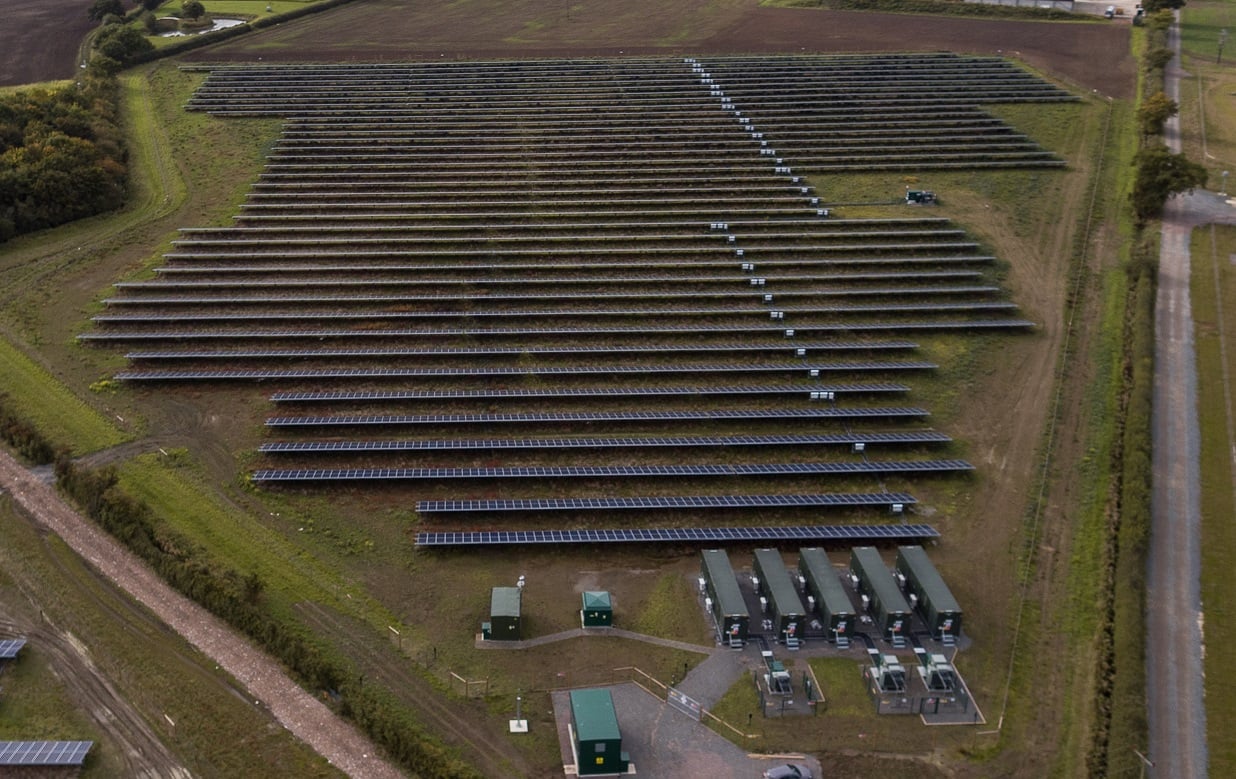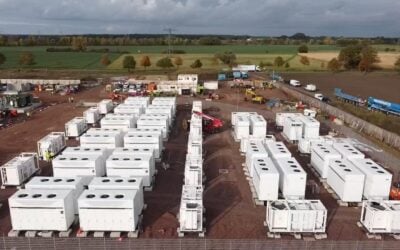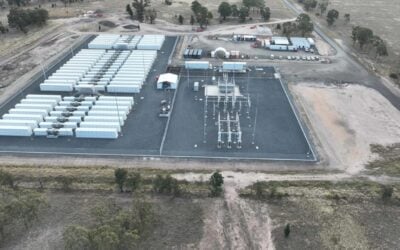
The economics of solar-and-storage in the UK are being proven, according to Anesco, the developer of one such project.
Speaking at the Energy Storage Summit in London, Steve Shine, Anesco’s chairman, explained that while the company had not proven the case for subsidy-free solar, the business model for its hybrid Clay Hill project was panning out.
“Solar by itself does not pay,” he said stressing that Clay Hill was a hybrid project. “The revenue model is stacking up well and now are going to grow that and prove at a number of other sites.
“At Clay Hill we designed it to keep the capital cost as low as possible and to keep the operational cost as low as possible for the next 20 years,” he added.
Try Premium for just $1
- Full premium access for the first month at only $1
- Converts to an annual rate after 30 days unless cancelled
- Cancel anytime during the trial period
Premium Benefits
- Expert industry analysis and interviews
- Digital access to PV Tech Power journal
- Exclusive event discounts
Or get the full Premium subscription right away
Or continue reading this article for free
Shine also acknowledged that solar’s push to subsidy-free status had been hindered by PV module prices increasing through 2017, that was likely to change after the recent introduction of trade tariffs in the US.
Mark Henderson, CIO at GRIDSERVE, stressed that it was important to discern between new-build and retro-fitted co-location.
“On the financial side, when we talk about co-location we are talking about new builds together, not fitting storage to existing generation sites. That is fine from a technical perspective, but financially, unless you are going to get the same financier to finance the new one [it’s difficult],” he said.
“Either it’s going to be on an equity-only basis or it is going to be really difficult to move forward. How do you share the grid connection for example? Who goes first? If they’re being financed all at the same time it is a lot easier,” he added.





